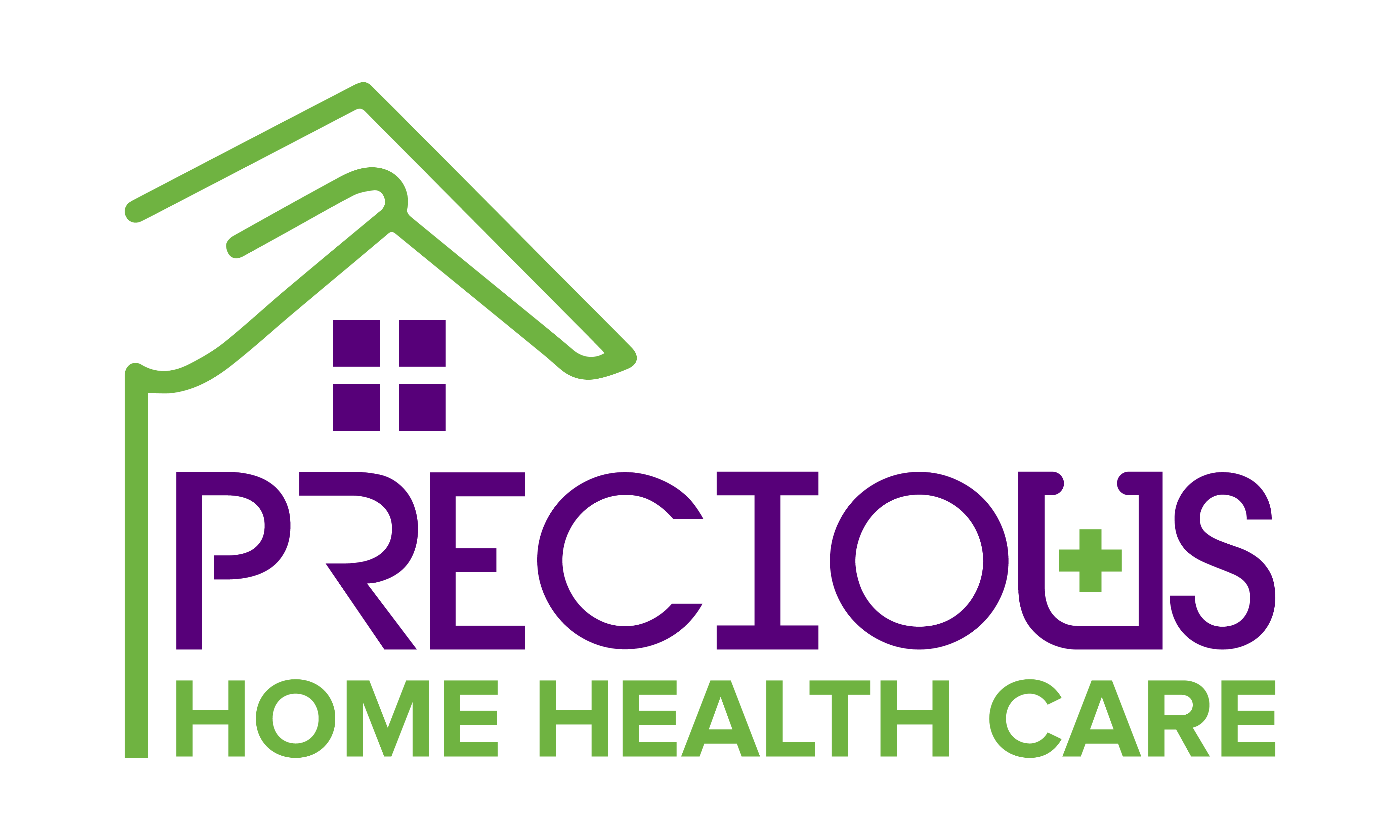Living with a chronic health condition can be overwhelming, both for the patient and their loved ones. Conditions like diabetes, heart disease, COPD, and arthritis require ongoing management and lifestyle adjustments that can feel daunting. However, with the right strategies and support, patients and families can take charge of chronic condition management at home and improve quality of life.
The key is finding ways to empower patients to become active participants in their own care. When people with chronic illnesses and their families are equipped with the right knowledge and tools, they can achieve better health outcomes and avoid costly complications. Here are some proven strategies to try:
Establish a Care Team
Chronic condition management is a team effort. In addition to the patient’s primary care provider, the care team should include other relevant specialists (e.g., cardiologist, endocrinologist, physical therapist) as well as any family caregivers. Regular communication between all members of the team is essential for coordinating care and ensuring everyone is on the same page.
Patients should feel empowered to play an active role in this care team, voicing their needs and preferences. Caregivers can also advocate for the patient’s best interests and help facilitate important conversations with healthcare providers.
Develop a Comprehensive Care Plan
With input from the full care team, patients and families should work together to create a detailed, personalized care plan. This plan should outline the specific steps and strategies for managing the chronic condition on a day-to-day basis. It should cover everything from medication management and dietary guidelines to exercise routines and symptom monitoring.
The care plan should be regularly reviewed and updated as the patient’s needs change over time. Patients and caregivers can then use this as a roadmap to stay on top of condition management at home.
Prioritize Patient Education
One of the most powerful ways to empower patients is through education. The more they understand about their condition, the better equipped they’ll be to make informed decisions and take an active role in their care.
Healthcare providers should take the time to thoroughly explain the chronic illness, its progression, and treatment options. Patients should also be given resources like educational materials, online support groups, and recommended reading to expand their knowledge. The goal is for patients to feel confident in their ability to self-manage their condition.
Utilize Remote Monitoring Tools
Advances in digital health technology have made it easier than ever for patients to monitor their chronic conditions from home. Wearable devices, mobile apps, and home testing kits allow patients to track key metrics like blood sugar, blood pressure, weight, and more. This data can then be shared with the care team to gain valuable insights and spot any potential issues early.
Remote monitoring empowers patients by giving them a greater sense of control over their health. It also helps healthcare providers intervene proactively before small problems escalate. Caregivers can also use these tools to stay informed and provide better support.
Build a Support Network
Chronic condition management can be an isolating experience, both for the patient and their family. That’s why it’s so important to build a strong support network. This may include connecting with local support groups, joining online communities, or simply reaching out to close friends and loved ones.
Having a network of people who understand what the patient is going through can make a world of difference. It provides an outlet for venting emotions, sharing advice, and feeling less alone. Caregivers, in particular, benefit greatly from this type of support system.
Conclusion
By implementing these strategies, patients, and families can take greater control over chronic condition management at home. This empowerment leads to better health outcomes, reduced healthcare costs, and an improved quality of life for everyone involved. It’s a win-win all around.
If you or a loved one is living with a chronic health condition, don’t hesitate to explore ways you can become more actively involved in the care process. With the right tools and support, you can overcome the challenges and thrive.


affffa